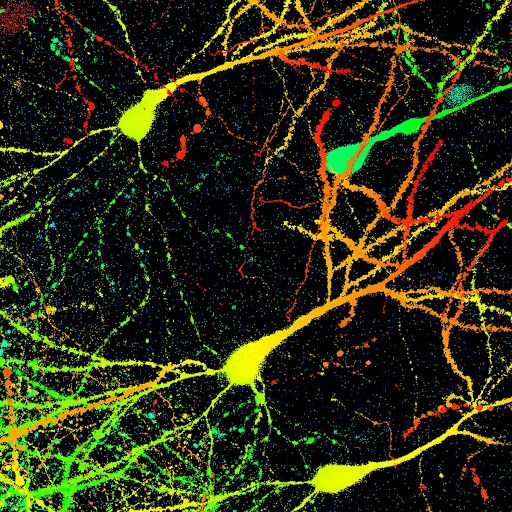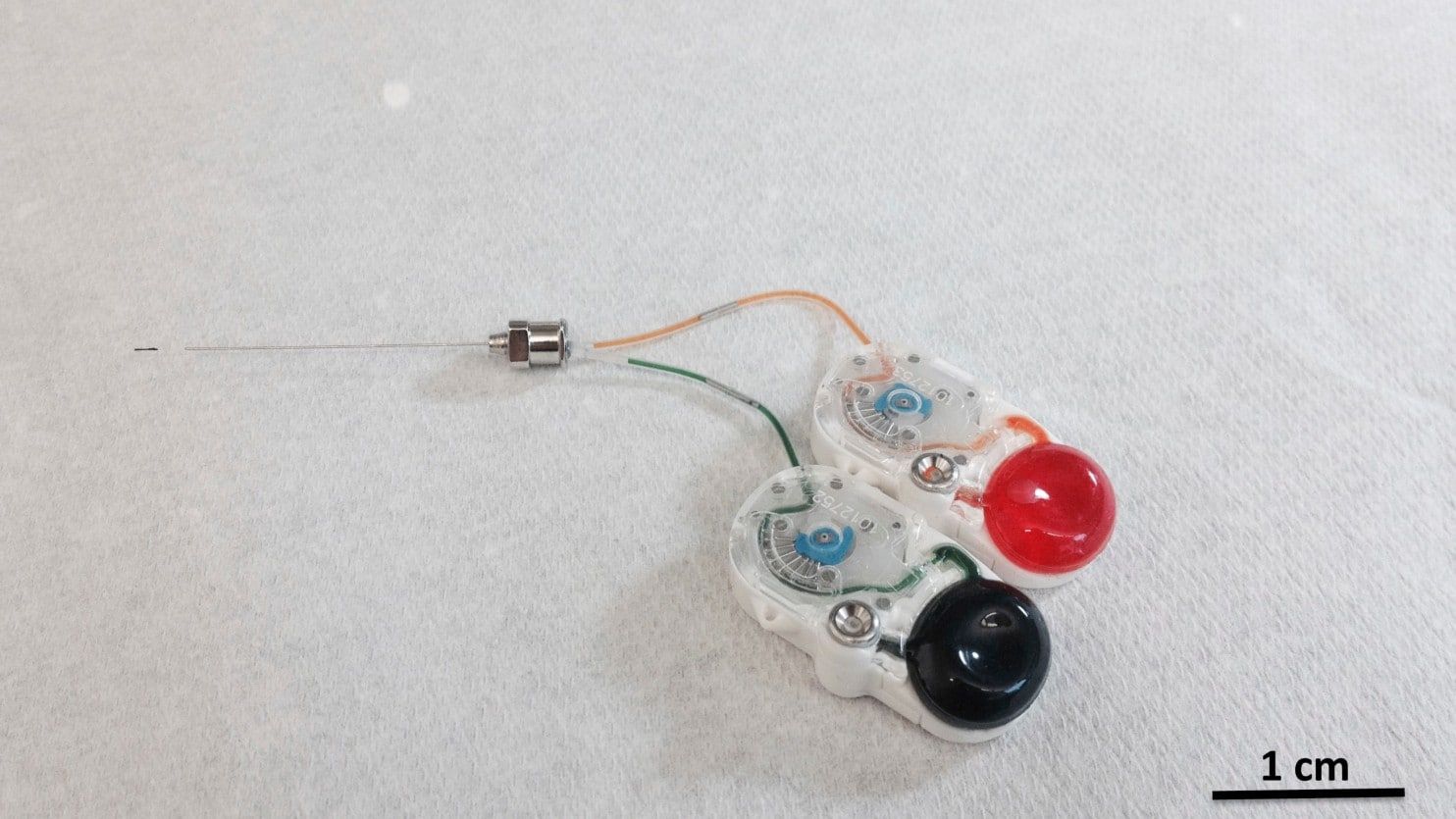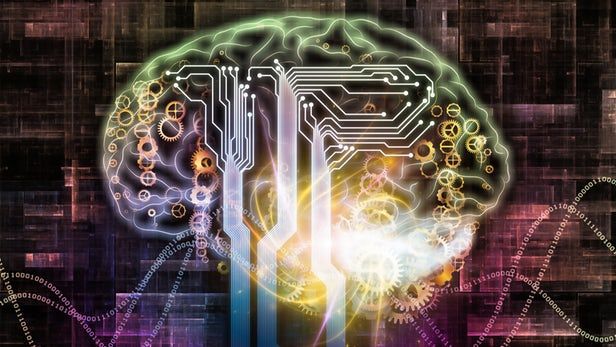Archive for the ‘neuroscience’ category: Page 879
Jan 31, 2018
Could a protein named klotho block aging and dementia?
Posted by Brady Hartman in categories: biotech/medical, genetics, life extension, neuroscience
Could a protein called klotho block aging and dementia?
Summary: More klotho means better cognitive function says a scientist. By injecting the protein Klotho into mice with Alzheimer’s, a UCSF researcher improved their brain function. The researcher hopes to eventually apply the treatment to humans to treat aging and dementia. [Introduction by Brady Hartman, followed by a link to the full article.]
Neurologist and neuroscientist Dr. Dena Dubal wants to prevent dementia and aging with a protein called Klotho. Dr. Dubal, MD, Ph.D. – an associate professor of neurology at UC San Francisco – aims to use this novel approach to battle neurodegenerative diseases like Alzheimer’s disease and dementia.
Continue reading “Could a protein named klotho block aging and dementia?” »
Jan 30, 2018
Bioquark Inc. — Grognostics — Ira Pastor
Posted by Ira S. Pastor in categories: aging, bioengineering, cryonics, DNA, futurism, genetics, health, life extension, neuroscience, transhumanism
Part #1 of an awesome show with Steve and Jason on Grognostics merging together discussions on biotech, craft beer, human potential, as well as a comedic journey into the world of 2039
https://www.stitcher.com/podcast/grognostics/e/53077743?autoplay=true
Jan 29, 2018
Artificial brains could soon be reality: Superconducting switch, which can ‘learn’ like human brain, developed
Posted by Shane Hinshaw in categories: computing, neuroscience
Researchers have developed a superconducting switch that can make future computers think like the human brain.
Jan 28, 2018
Over 60 years ago, Albert Einstein’s brain was stolen, dissected and sent in pieces all around the world
Posted by Carla Parsons in categories: biotech/medical, life extension, neuroscience

Einstein’s secret to an incredibly intelligent brain may be in part to how well his brain aged…
Samples of his brain revealed he was missing a protein Lipofuscin, a not so well understood compound which contains lipid residues of lysosomal digestion that accumulates in the brain liver kidney, heart muscle, retina, adrenals, nerve cells, and ganglion cells.
Lipofuscin busting drugs could have a lot of potential for anti-aging therapies for the future.
Jan 27, 2018
Bioquark Inc. — PanFuture Society Podcast — Ira Pastor
Posted by Ira S. Pastor in categories: aging, bioengineering, biotech/medical, disruptive technology, DNA, futurism, genetics, health, neuroscience, transhumanism
Jan 26, 2018
New Silicon Probes Record Activity of Hundreds of Neurons Simultaneously
Posted by Roman Mednitzer in categories: innovation, neuroscience
We helped develop Neuropixels probes to accelerate neuroscience research.
• ••
1cm long and 70 microns across, this technology is capable of recording signals from 384 brain cells at the same time. #InnovationWeek
Jan 25, 2018
Bioquark Inc. — In Touch Rugby Magazine — Ira Pastor
Posted by Ira S. Pastor in categories: aging, biotech/medical, disruptive technology, DNA, food, health, life extension, neuroscience, science, singularity
Jan 24, 2018
Tiny implant opens way to deliver drugs deep into the brain
Posted by Nancie Hunter in categories: biotech/medical, engineering, neuroscience
WASHINGTON — Scientists have created a hair-thin implant that can drip medications deep into the brain by remote control and with pinpoint precision.
Tested only in animals so far, if the device pans out it could mark a new approach to treating brain diseases — potentially reducing side effects by targeting only the hard-to-reach circuits that need care.
“You could deliver things right to where you want, no matter the disease,” said Robert Langer, a professor at the Massachusetts Institute of Technology whose biomedical engineering team reported the research Wednesday.
Continue reading “Tiny implant opens way to deliver drugs deep into the brain” »
Jan 23, 2018
Artificial synapses fill the gaps for brainier computer chips
Posted by Klaus Baldauf in categories: computing, neuroscience
Right now, you’re carrying around the most powerful computer in existence – the human brain. This naturally super-efficient machine is far better than anything humans have ever built, so it’s not surprising that scientists are trying to reverse-engineer it. Rather than binary bits of information, neuromorphic computers are built with networks of artificial neurons, and now an MIT team has developed a more lifelike synapse to better connect those neurons.
For simplicity’s sake, computers process and store information in a binary manner – everything can be broken down into a series of ones and zeroes. This system has served us well for the better part of a century, but having access to a whole new world of analog “grey areas” in between could really give computing power a shot in the arm.













